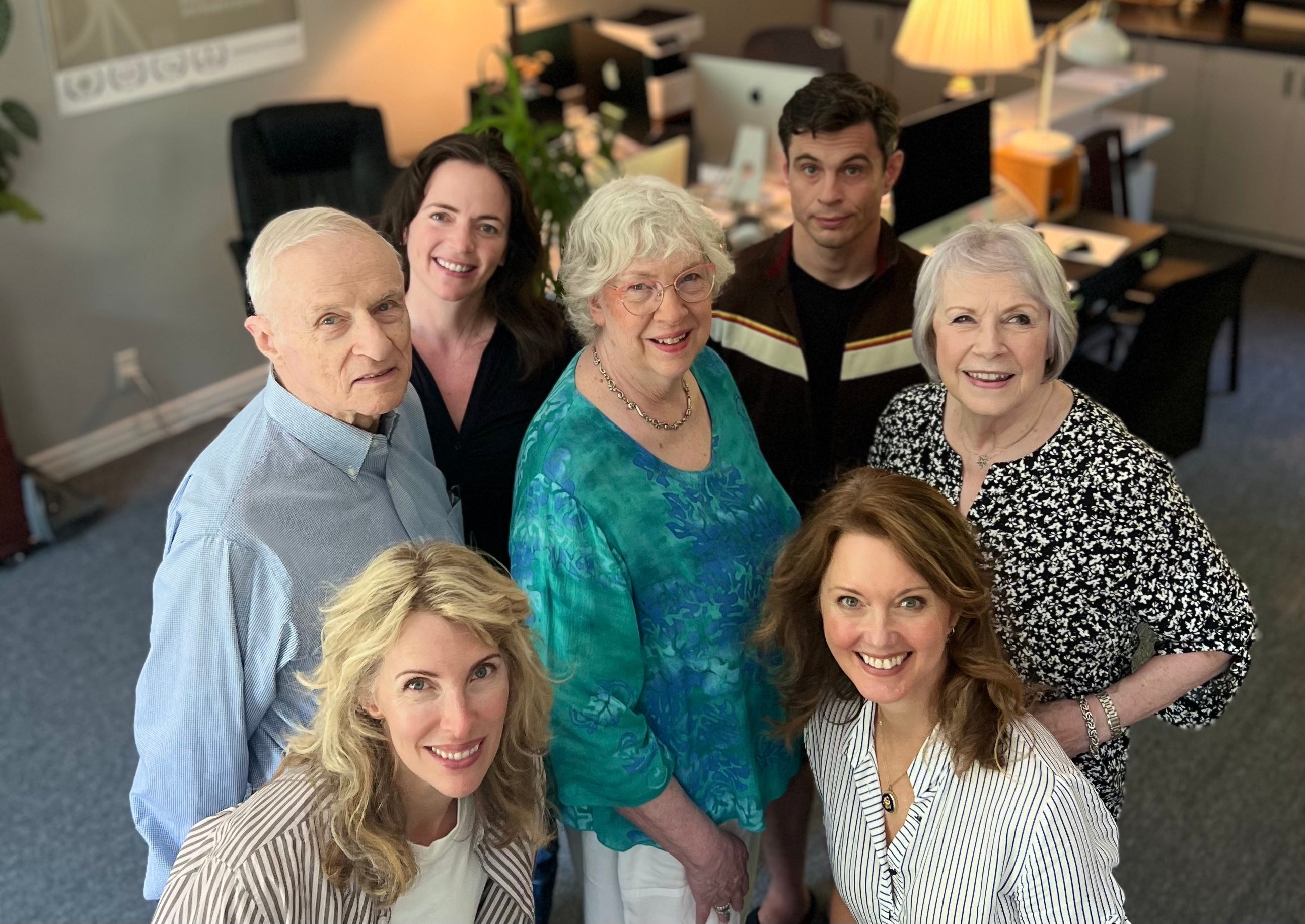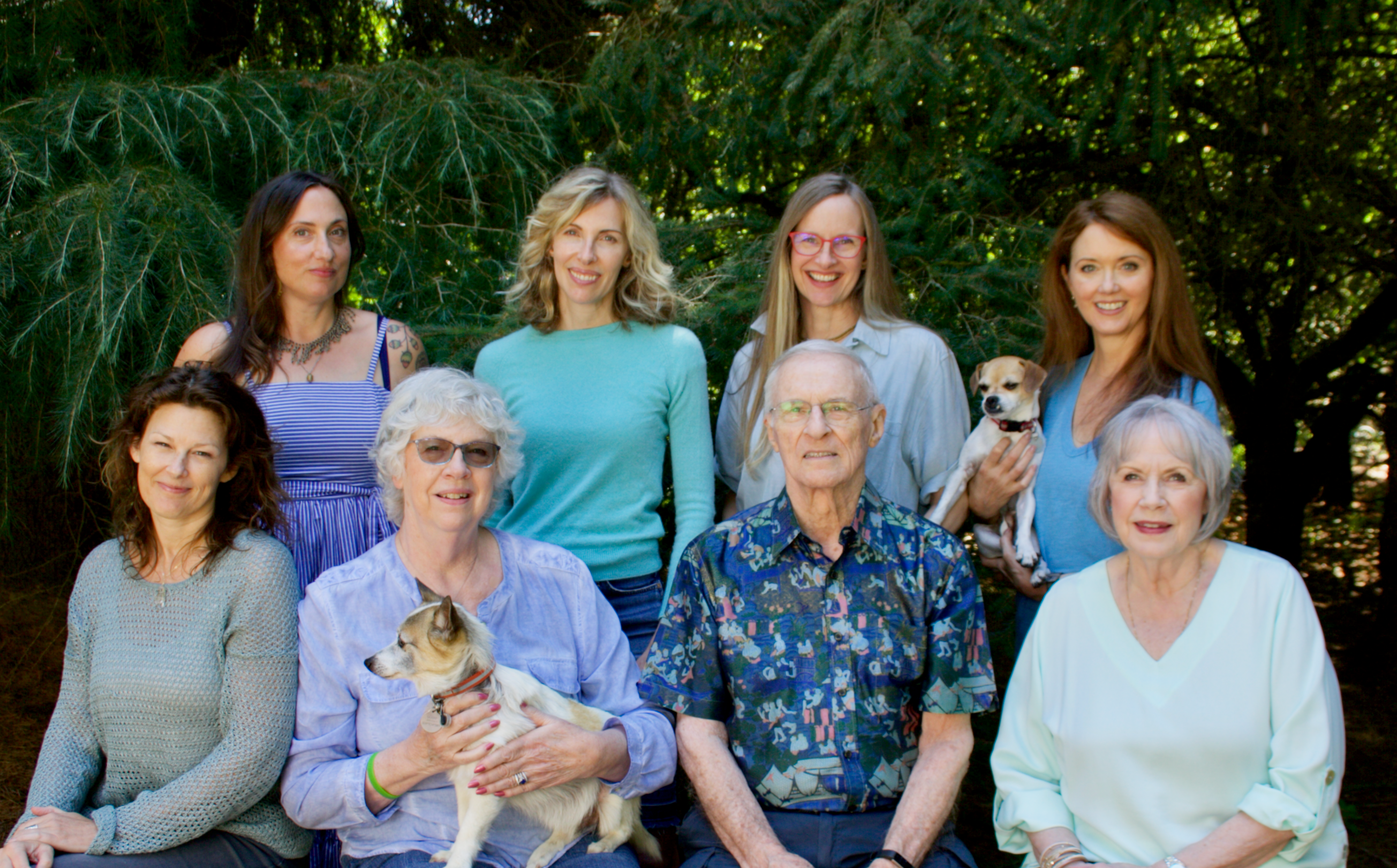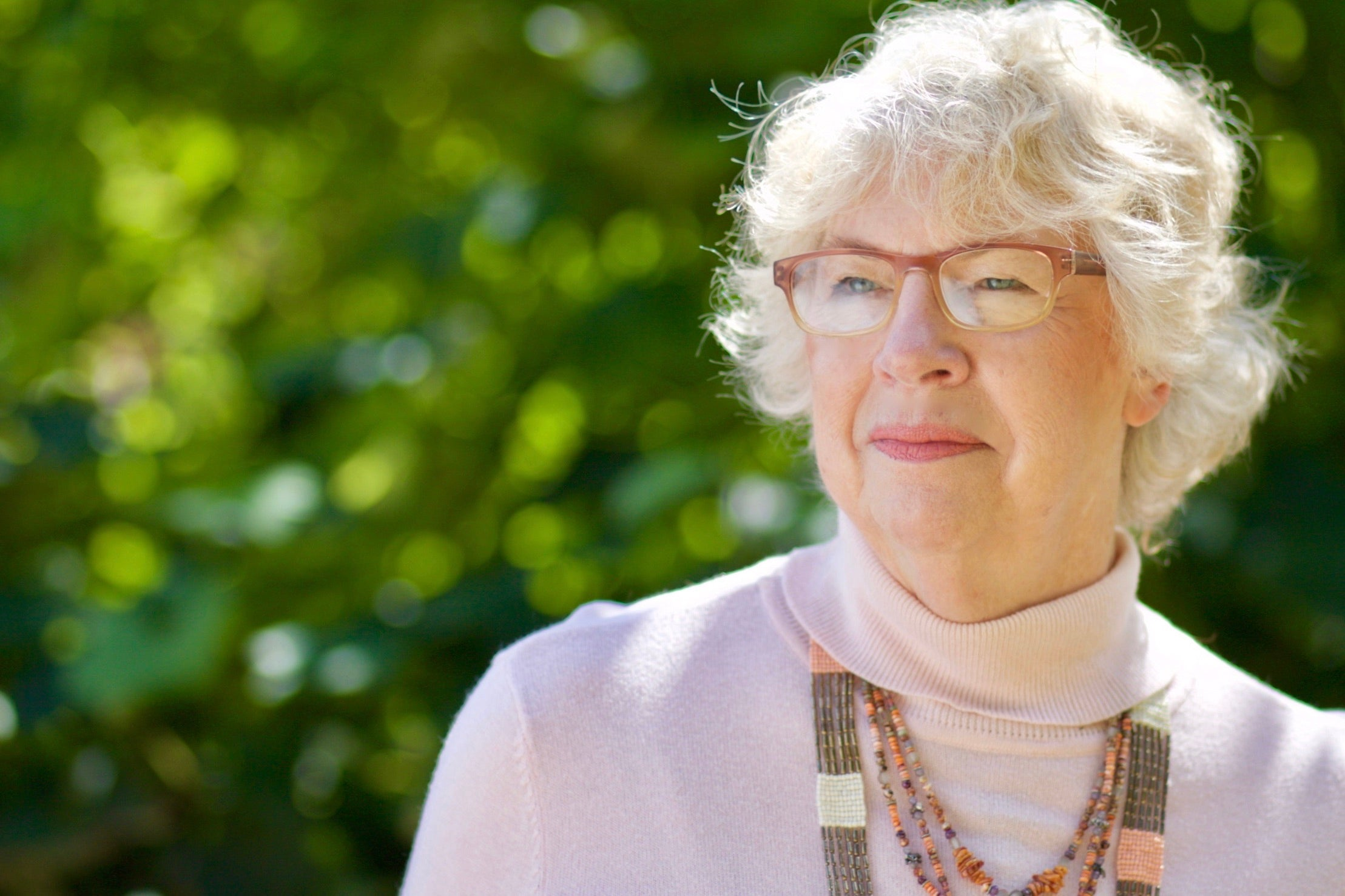When I first met Charles he was up and about although tired easily. He had cancer of the prostate and his ability to pee was affected to the point of needing a foley catheter. His biggest complaint was the limitation that having a catheter attached to him presented. Leg bags to catch the urine was an invention we had not heard of yet. Today, having a catheter would not really be a limitation. Thirty four years ago, it was.
Living with Charles was his second wife, Ella. She had a son who lived in Montana and Charles had no children. They were basically on their own, the two of them devoted to each other but with no real outside support.
Charles was outgoing, talking, sharing stories, laughing. Ella was friendly, very much in charge, and had a right way to do just about everything. They both may have been a little OCD in their personalities but it was a joy to visit and be a part of their lives.
Hospice was perfect for them. Charles had a life threatening illness, had refused further treatment, and they were alone. We were there to give them support and guidance.
Charles and Ella were part of hospice for over a year. Gradually, during that time his physical condition deteriorated. He progressed to a hospital bed in the living room where he eventually died. BUT in that year much living was done. Originally they were from Louisiana and their favorite place in the world was Hawaii. There was a lot of talk about crawfish and how no place had them like Joe’s Shack in New Orleans. So orders were shipped to Kansas City and Charles and Ella had crawfish. It was a big day when the package arrived and I was assured I'd be told when to come over and have some.
It was decided that one last trip to Hawaii was in order. Lacking a leg bag for the catheter we rigged a small briefcase to hold the bag and they flew to the Islands for a short trip.
It wasn’t always exciting activity with trips and food, although Ella was a great cook and was always fixing nibbles. She also was good at giving decorating ideas and buying/sales advice. Some days we just sat and talked. Talked about life, adventures, everyday talk. During this time they both grew deeper and deeper into my heart. They became an extension of my family as I became theirs. Charles became the father I always wanted.
As the disease progressed pain became an issue. In the early 1980’s there wasn’t a lot of knowledge of end of life pain management. The narcotic of choice was Demerol (which today we know is the least effective). At this time Elizabeth Kubler Ross introduced Brompton's Cocktail, where the patient controlled their medicine as to when and how much they took (shocking at the time). The other hospice nurse and I had just returned from a pain seminar at Northwestern University. The concept introduced there was titrating the narcotic by 10 milligram increments to reach the patient’s comfort level. Again, a pioneering concept that today is accepted and understood, then it was scary.
Ten milligrams of Morphine was the standard dosage for end of life pain but for Charles it was not having any effect so with the physician’s permission I began increasing the morphine dosage by 10mg every hour. I used the pain scale of 1 is comfortable and 10 is the most intense pain. I stayed all day and at 80 milligrams of morphine Charles was comfortable. He was alert, breathing normally and actually got out of bed to sit in his chair. I was so frightened giving that medicine. I am equating it to jumping out of an airplane, pulling the cord to open the parachute but having that moment of “will it open?” My moment was will it work and Charles not die of an overdose.
Gradually, over time, that year Charles became weaker, withdrew, stopped eating, and slept most of the time. Death drew near. Death drew near as did my vacation time. The last day before my vacation began I stopped by the house to say goodbye. I thanked him for being in my life. Hugs were given all round. I did not see him again.
Today as I think about him it is like he just took another trip to Hawaii. I did not have the closure I needed to picture him dead. Ella waited until I returned to have the memorial service but being in the cemetery garden with his smiling picture on an easel just didn’t do it for me.
Ella and I continued to have contact throughout the years. She soon moved to Montana to be close to her son. Every birthday and every Christmas I received a card and updating letter. The year I did not receive a card and my card was returned to me was the year I knew she had finally joined Charles.
This was the beginning of my knowledge of end of life pain management. I began to understand and not fear narcotics, to appreciate their power.
Charles and Ella were one of those few who became more than just people I supported and guided through life’s journey to the end.
As professionals we are taught to not get emotionally involved with our patients and yes, that is true. If we grieved deeply for every patient that died we would be working at Costco in a short time. The work would be too intense for us and we would not be able to be objective and helpful to those we are to guide. BUT we are human and every so often someone will come along that fills a personal need in us. For that person, we will grieve.
I believe death is an extension of life. Dying is our final act of living. It is a normal and natural part of what we do. Dying is very sad but it isn’t bad. I can support and guide others in this life experience and not carry their pain and loss. I do know however that occasionally someone will come along who touches me deeply and fills an empty spot within me. For those I grieve my loss. For Charles and Ella I grieve my loss.
Something More... about For That Person, We Will Grieve
My booklet, Pain At End of Life, could not have been written without those early experiences with managing pain medications. No one at end of life should ever die in pain. Hospice nurses are experts in pain management. Families need education on the differences in narcotic use with the dying vs. with those who will get better. This is the booklet for them.








12 comments